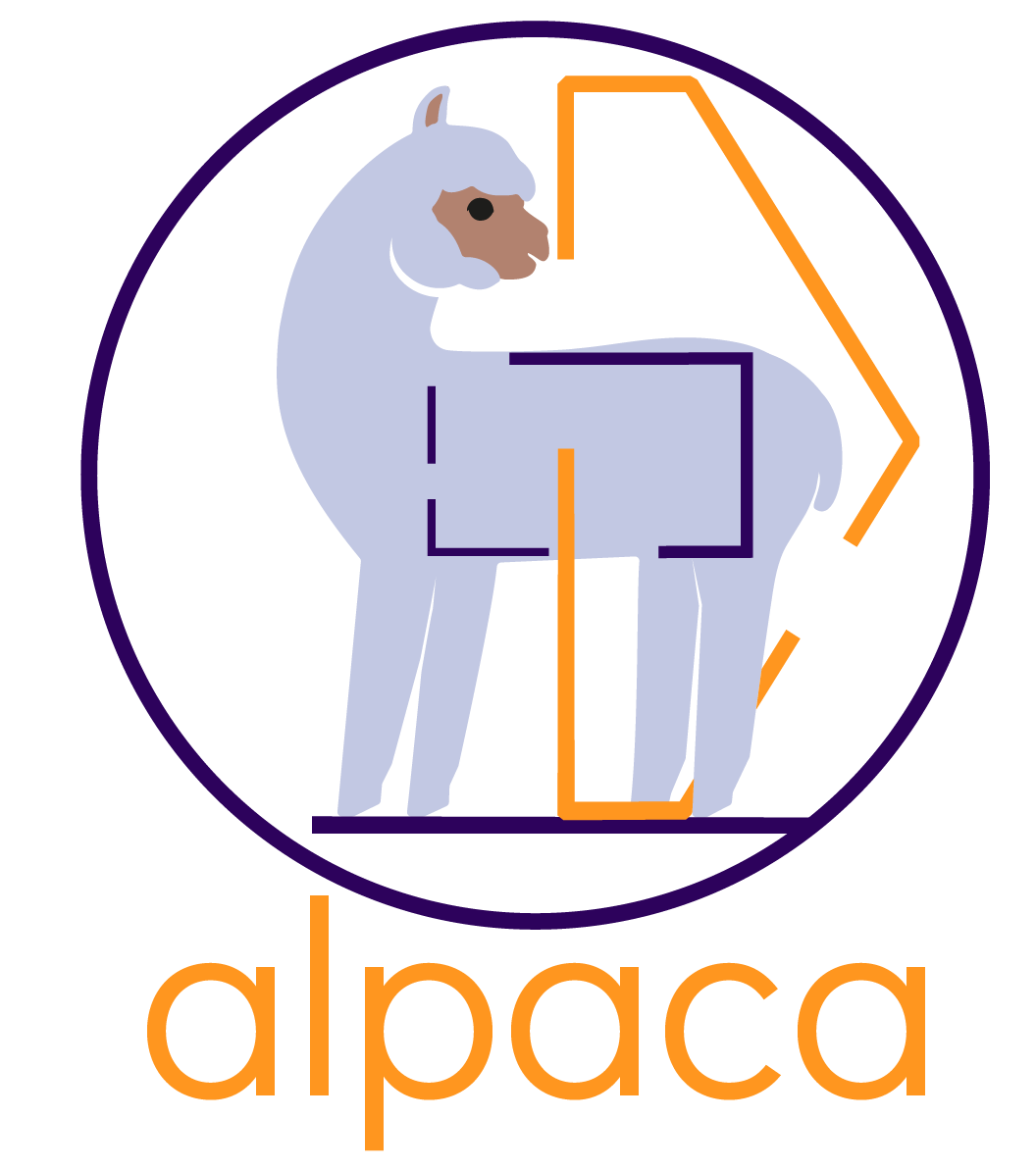Release Notes¶
Release 0.2.0¶
New functionality and features¶
Added functionality to capture and serialize object values (e.g., values of integers, booleans, floats, complex numbers, NumPy numeric objects, or any other object type defined by the user) (#27).
Added support for adding semantic annotations in the captured provenance using ontologies (#26).
Added option to select levels captured in nested container outputs (#10, #25).
Extended attribute selection for graph aggregation (#24).
Improved logging and progress bar output (#14).
Improved performance when generating the provenance graph (#13).
Optimize attribute selection for graph visualization (#16).
Added ability to merge multiple provenance sources into a single visualization graph (#22).
Implemented functionality to add a suffix to the base file name in get_file_name utility function (#21).
Improved tracking of Python objects (#20).
Bug fixes¶
Fixed error when tracking provenance of static methods in objects (#23).
Added support to other form of comprehensions (e.g., dictionaries, sets) as functions executed inside comprehensions other than list were not tracked (#19).
Fixed error when getting the module version when tracking a method descriptor (#17).
Added option to not store the list of members (i.e., all nodes that were aggregated in a super node) during graph aggregation, as in large graphs this resulted in an error when loading the graph in Gephi (#15).
Added support to track functions called as an attribute of a module (i.e., in the form module.function(input)), as they were not tracked by the decorator (#12).
Changed save_provenance function to avoid error when not capturing provenance (e.g., when the provenance capture was deactivated and the function called at the end of the script) (#11).
Release 0.1.0¶
This release constitutes the initial Alpaca release.
